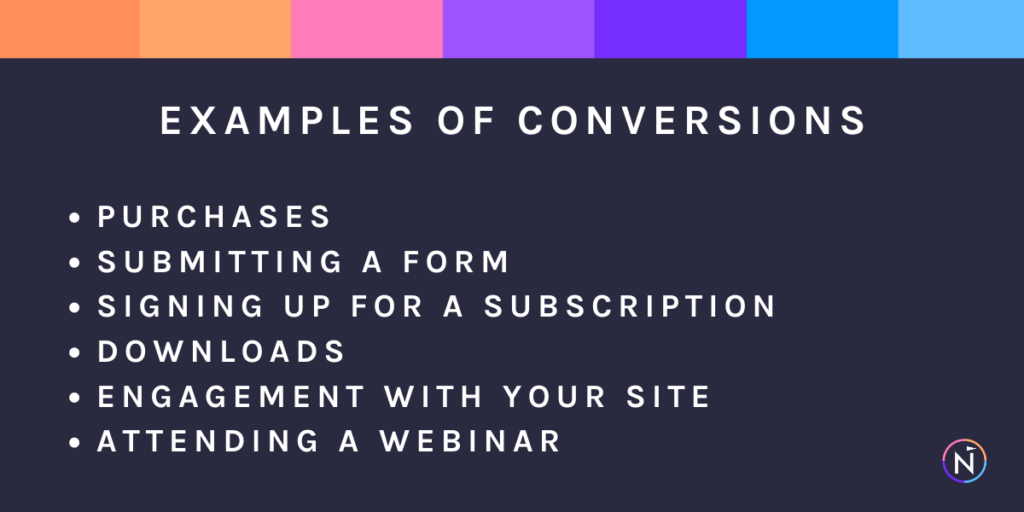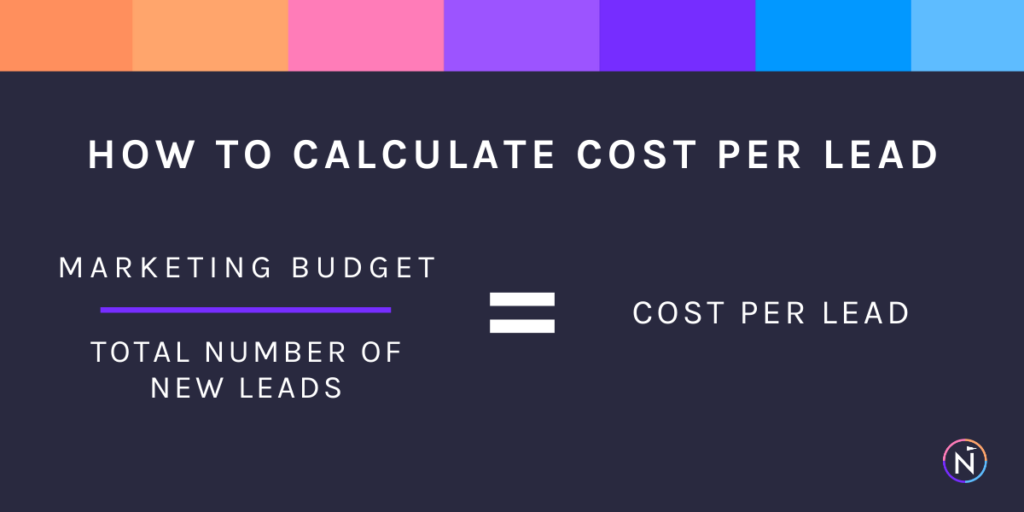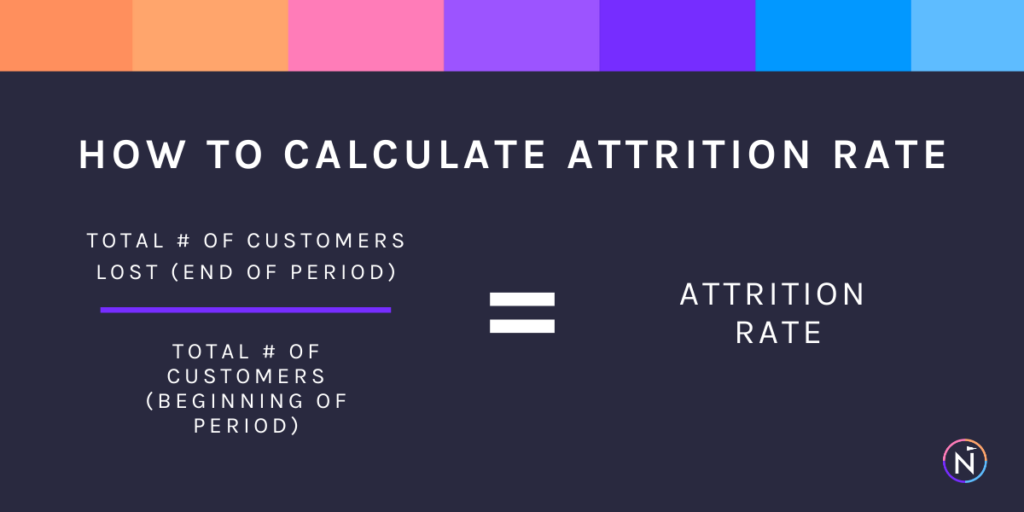Digital Marketing is a fun, fast-paced environment where creativity and ingenuity take precedence; however, it’s important to implement metrics and KPIs (Key Performance Indicators) in order to track the performance of digital marketing campaigns.
We get it—numbers can take the fun out of everything and return us to a (sometimes) harsh reality. Nothing takes the wind out of our creative sails like numbers, right?
But, Digital Marketer, it doesn’t have to be that way!
KPIs are our friends––they help us determine our targets, reach our goals, and measure our kick-butt performance.
By putting a quantifiable value on our creative efforts, we’re able to better determine what is and what isn’t working, thus leading us to ultimate Digital Marketing victory.
In order to have the best experience possible with KPIs, it’s important to set the right ones. Below we have compiled a comprehensive list of the 5 best KPIs for Digital Marketers.
So sit back, grab a tasty beverage, and let’s get our KPI on…
By the Way: Here at Net-Results, we know KPIs will differ depending on your speciality (social media, design, SEO strategy and implementation, etc.) and also by your industry, so please note that these KPIs are the top 5 general metrics which we (Net-Results) firmly believe will help your entire team. Think of this as a “Best Hits” list, if you will.
1. Monthly new leads
This metric greatly depends on your business, so depending on the product you’re trying to sell, this KPI will look a little different.
In general, leads can be seen as downloads, free trials, or website visitors. For us here at Net-Results, a lead is somebody who schedules a demo, because for our business model, customer journey, and industry, that’s the best indicator of sales-ready behavior! A lead can be anything that shows the customer is “buying” (literally or metaphorically) what you’re selling.
That’s our ultimate goal, right?
If you’re spending hundreds of work hours (and dollars) to get a marketing campaign on its feet, it had better generate leads.
After all, Return on Investment (ROI) and KPIs go hand in hand—they’re like peanut butter and jelly: better together.
Tracking monthly new leads helps to ensure you’re getting a return on your investment by gaining new leads. If you’re measuring monthly new leads as a KPI, you’ll know right away whether or not your campaign works; thus, you’ll have a chance to right the ship or receive confirmation that you’re headed in the right direction.
That’s the best part about KPIs: they don’t lie.
2. Conversion rate
Okay, we’ve started tracking new leads. What’s next?
Conversions!
New leads are nothing without conversions—plain and simple.
Keeping track on this KPI will help you see if your marketing is getting people to do what you want them to do.
Again, this will vary depending on your field, but for many, conversions can look like:

If you’re seeing visitors on your site, but they’re not converting, that’s a huge red flag that something isn’t translating.
What’s a good conversion rate? Again, depends on your field, but here’s a simple truth to get the ball rolling:
A good conversion rate is one that’s higher than yours is now.
Tough to hear, right? While there are industry benchmarks strewn across the web, it’s important to realize that each company runs a little differently and each business has a different goal. Taking those into consideration is what’s going to make the most success for your own organization!
When it comes to Conversion Rates, you are your own competition. As a general rule, your conversion rates should go up each and every month. If they don’t, be ready to troubleshoot!
3. Cost per Lead (or Cost per Click)
It’s never fun to talk about money, but that’s show biz (or, you know, just ‘biz’).
Due to the codependent relationship between ROI and KPIs, it’s vital to know how cost-effective your marketing campaigns are (or aren’t) when it comes to generating leads and sales.
By monitoring and recording your CPL (Cost Per Lead), your team will be able to implement strategic marketing decisions that make you, and your financial team, very happy.
(Trust us, no one likes an angry accountant).
In order to calculate your CPL, simply divide your Marketing budget/spend by the total number of new leads.

Et voila! There’s your CPL, and depending on whether or not it’s “good,” you and your team are now able to make informed, quantifiable marketing decisions going forward.
Why do we believe in CPL? Well, when you know how much leads are costing you, you’re able to decide the most cost effective routes for future marketing campaigns.
Money ain’t everything, but we all know how good it feels to save (especially if that’s *literally* your job).
4. Attrition Rate
Also known as “churn rate,” your Attrition Rate is a useful KPI that measures how many customers you’ve lost over a set period of time. For us, Net-Results, it’s churn rate of customers (but our outstanding product works to ensure that doesn’t happen—humble brag).
For other industries, attrition/churn rate could include customers lost, one-time buyers, canceled subscriptions, etc.
This one’s a doozy, but don’t pull your hair out just yet!
Attrition rate allows marketing teams and businesses to assess key problem areas within the organization.
By addressing these problem areas, we’re able to increase our chances of lowering our attrition rate.
Without knowing how many customers you’re losing, it’s nearly impossible to see which areas need an overhaul—whether it’s customer service, poor ad quality, irrelevant content, or insufficient product. It’s always better to address the problem than to find out the hard way (i.e. significant loss of revenue).
In order to calculate your Attrition Rate, take the number of customers lost by the end of the period divided by the total number of customers at the beginning of the period.

While this may not be a fun metric to measure, there’s no doubt that any company looking to achieve long term success must have a firm grasp on their churn rate, as well as a basic understanding of how to right the wrongs (but that’s a topic for another day).
5. Cost per Acquisition (or Cost per Action)
Let’s finish our KPI journey back in the mystical land of finances.
In layman’s terms, Cost Per Acquisition (CPA) measures the cost of acquiring one paying customer. Technically speaking, Conversion Rates are a primary indicator of marketing success, but CPA allows a business perspective to gauge a campaign’s overall success.
Why does this matter?
If it costs your team $100 to acquire a new customer who ends up buying your $20 product…that’s not great ROI. This is a signal to you and your team that you need to drastically lower your CPA.
Tracking and measuring your CPA can be difficult, as it greatly depends on the campaign type (social media, content, PPC, etc.), but generally speaking, UTM (Urchin Tracking Module) parameters usually come in handy, regardless of campaign type.
Need help organizing and generating quality UTM parameters? Download our free UTM Tag Generator Spreadsheet.
In order to lower your CPA, be sure to check out our People, Process, & Bottlenecks whitepaper to learn about common marketing bottlenecks that could be contributing to a high CPA.
There are hundreds of thousands of KPIs out there for Digital Marketers, but these top 5 metrics are a brilliant place to start.
Numbers may seem daunting at first, but being able to make creative decisions based on data is truly priceless.
Free yourself from the restraints of the unknown and walk confidently toward well-informed marketing decisions. We’ll be here for you every step of the way!
Have questions about KPIs and how to use marketing automation to achieve your revenue goals and get ROI from your marketing? Schedule a free chat with one of our Marketing Automation specialists today. They’re really nice—promise!
Happy marketing!
Lexie Robbins
Digital Marketing Specialist at Net-Results

